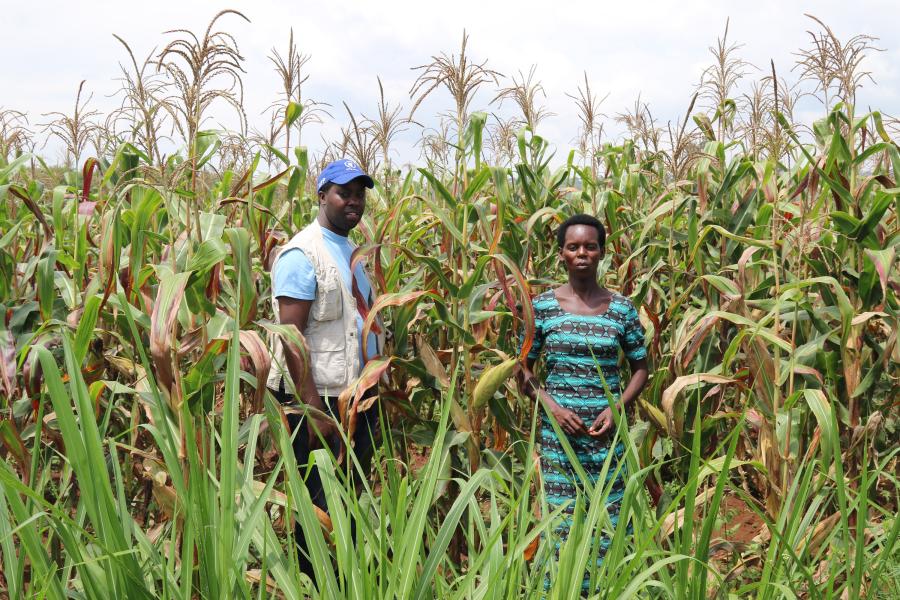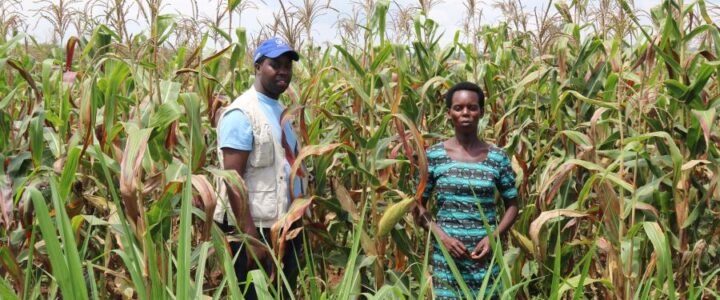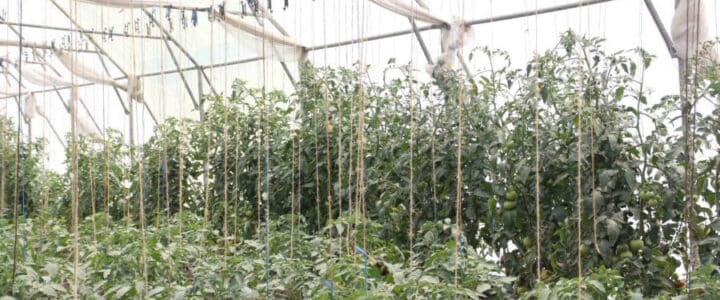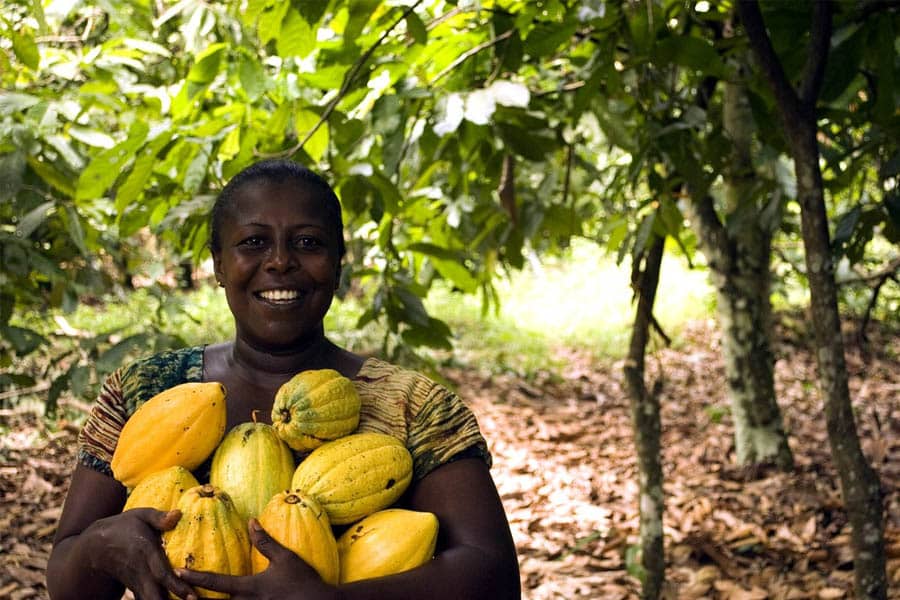
There are several barriers to small-scale farmers’ ability to maximize productivity. Inadequate agricultural production chains and antiquated farming methods also contribute to the industry’s low output. The agricultural potential of the Democratic Republic of the Congo (DRC) is enormous. DRC has mostly failed to make the necessary investments and policy adjustments to realize its promise as a food basket for Africa. Gaining access to credit is a critical factor in the success and expansion of many enterprises, including horticulture farming. Because it impacts whether or not farmers have access to essential resources including land, labor, agricultural machinery, tractors, and farm implements, credit services are more than simply another source of inputs. Because of this, improving agricultural growth and production efficiency begins with expanding access to agricultural loans and teaching farmers how to manage their money.
Challenges and Risks in access to credit finance by Smallholder farmers
Small-scale farmers cultivating land for both sustenance and profit have historically dominated agriculture in the Democratic Republic of the Congo. If it is given enough funding, the industry may help alleviate poverty in rural areas. There are several obstacles in the Democratic Republic of the Congo (DRC) that prevent people from gaining access to agricultural financial financing. Inadequate government collateralization programs, inadequate financial product offerings from service providers, and a lack of financial knowledge among smallholder farmers all contribute.
The risks inherent in the agricultural industry may explain why smallholder farmers, in particular, have such a hard time gaining access to agricultural financial financing. These farmers are unable to get loans due to a lack of collateral and the widespread abuse of agricultural finance. As a result, it is unable to have the desired effect on productivity and, eventually, threatens their ability to make a living. A loan’s potential to boost agricultural output is also contingent on factors such as ease of access and the fairness of credit distribution. Increased farm output may be achieved via the combination of modern agricultural technology and technologies and access to affordable agricultural loans.
The inability of small-scale farmers, in the Democratic Republic of the Congo, to obtain credit, remains the most pressing issue that seriously hampers agricultural output. Propensity Score Matching is a non-parametric approach used to analyze the impact of credit constraints on the financial security of rural households. Farmers’ access to both unsecured and secured credit plays a major role in the success of their business endeavors. Loans improve farming output by freeing up farmers’ access to working capital, encouraging them to invest in cutting-edge machinery, and allowing them to make more efficient use of their fixed resources. The agricultural credit failure mechanism for farmers, limiting their access to and participation in credit services are prevalent difficulties throughout the various areas of DRC, despite its key role to revitalize the agriculture sub-sectors production.
How to provide access to credit to smallholder farmers
Small-scale farmers in the Democratic Republic of the Congo (DRC) continue to have difficulties gaining access to agricultural loans as a result of financial market flaws and a shortage of microfinance institutions. The likelihood of farmers gaining access to agricultural financing from financial institutions improves if they have better access to extension services. Farmers who are not able to get agricultural loans from financial institutions may modify their risk outlook on credit if they were provided with information on agricultural credit via farmers’ groups. Additionally, banks and other lending institutions should make it simple and affordable for small-scale farmers to get agricultural loans. Furthermore, the government should put money into fixing the flaws in the financial industry that are preventing farmers from gaining access to financing.
It is imperative that DRC policymakers understand the difficulties tomato farmers in Congo are having in gaining access to loans. Thus, they would be able to facilitate the implementation of financial policies at the farm level, thus enhancing the capital use of loans in agriculture.
How exactly does credit improve agricultural output in the DRC?
Farmers in DRC may benefit from the increased output if they had access to funding to purchase any number of the many types of agricultural machinery, tractors, and other farm implements that are available at Tractors PK for purchase in the country. Massey Ferguson tractors for sale, New Holland tractors for sale, as well as combine harvesters and several other farm implements, are included in this category which can be purchased from Tractors PK DRC. However, there is still a long way to go before smallholder farmers in DRC have complete access to and reap the full benefits of agricultural finance. For existing financial institutions to expand their services into rural areas and for new players to emerge, the government must first build legal frameworks and implement improvements to the financial sector. Maintaining financial discipline and reducing moral hazard requires reevaluating bank branch licensing rules and increasing monitoring of rural formal banking institutions.




